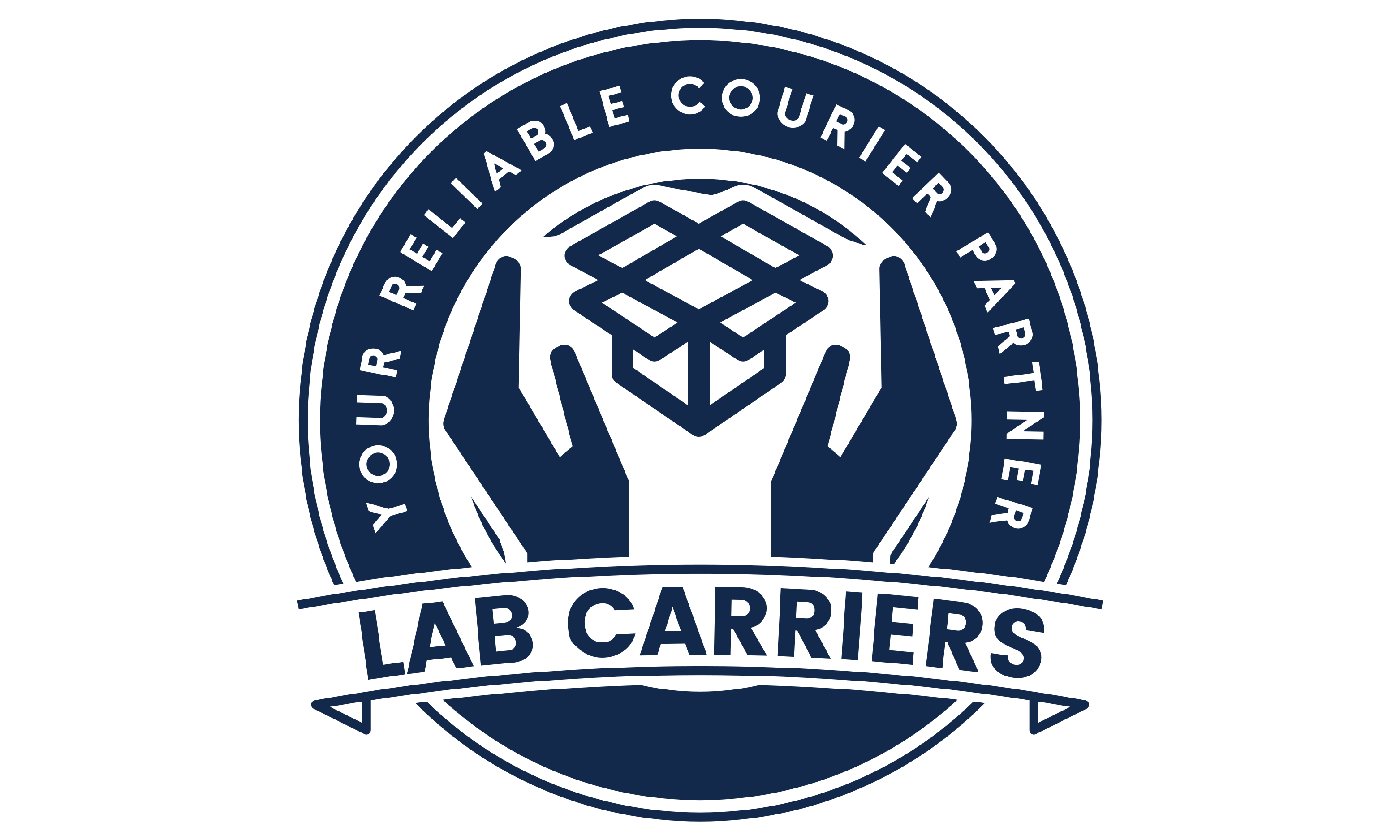Handling dry ice, which is the solid form of carbon dioxide (CO2), requires caution and adherence to safety guidelines because it presents unique hazards due to its extremely low temperature and the release of CO2 gas. Here are some important safety tips for handling dry ice:
- Personal Protective Equipment (PPE): When working with dry ice, wear appropriate PPE, including insulated gloves, safety goggles, and lab coats to protect your hands, eyes, and clothing from extreme cold and potential exposure to CO2 gas.
- Ventilation: Always work in a well-ventilated area. Dry ice sublimates (turns directly from a solid to a gas) and releases CO2, which can displace oxygen if it accumulates in a confined space. This can lead to asphyxiation, so ensure good airflow.
- Avoid Skin Contact: Do not touch dry ice with bare hands. Always use insulated gloves or tongs to handle dry ice to prevent frostbite or cold burns.
- Use Adequate Insulation: Store and transport dry ice in containers specifically designed for this purpose. Dry ice containers are typically insulated to maintain low temperatures and reduce sublimation.
- Labeling: Clearly label containers that hold dry ice, indicating that it contains “Dry Ice” and the weight of the dry ice. This helps others identify the contents and associated hazards.
- Use a Scoop or Tongs: When transferring dry ice from one container to another, use a scoop, tongs, or a scoop-like tool designed for this purpose. Never use your hands directly.
- Storage: Store dry ice in a well-ventilated, well-insulated container or a cooler. Make sure there is a way for any CO2 gas to vent and not build up pressure inside the container. Keep the container in a dry, cool place.
- Transportation: When transporting dry ice, ensure it’s in a well-insulated container, and keep the transport area well-ventilated. Use caution while driving and be aware that CO2 gas can displace oxygen in confined spaces.
- Do Not Seal Completely: If using a container with a lid, do not seal it airtight. This can lead to a buildup of pressure as the dry ice sublimates. Leave a small gap for gas to escape.
- Emergency Procedures: Be prepared for potential exposure to CO2 gas. Know the signs of asphyxiation (dizziness, shortness of breath, confusion) and evacuate to fresh air if necessary. Seek medical attention if there are any signs of frostbite or cold burns.
- Dispose Properly: Dispose of dry ice by allowing it to sublimate in a well-ventilated area. Do not discard it in a closed container or in a way that could lead to pressure buildup.
- Education and Training: Ensure that anyone handling dry ice is properly trained and educated on the hazards and safe handling practices.
By following these safety guidelines, individuals can safely and effectively handle dry ice while minimizing the associated risks. It’s important to be aware of the unique hazards presented by dry ice and take appropriate precautions when working with it.
